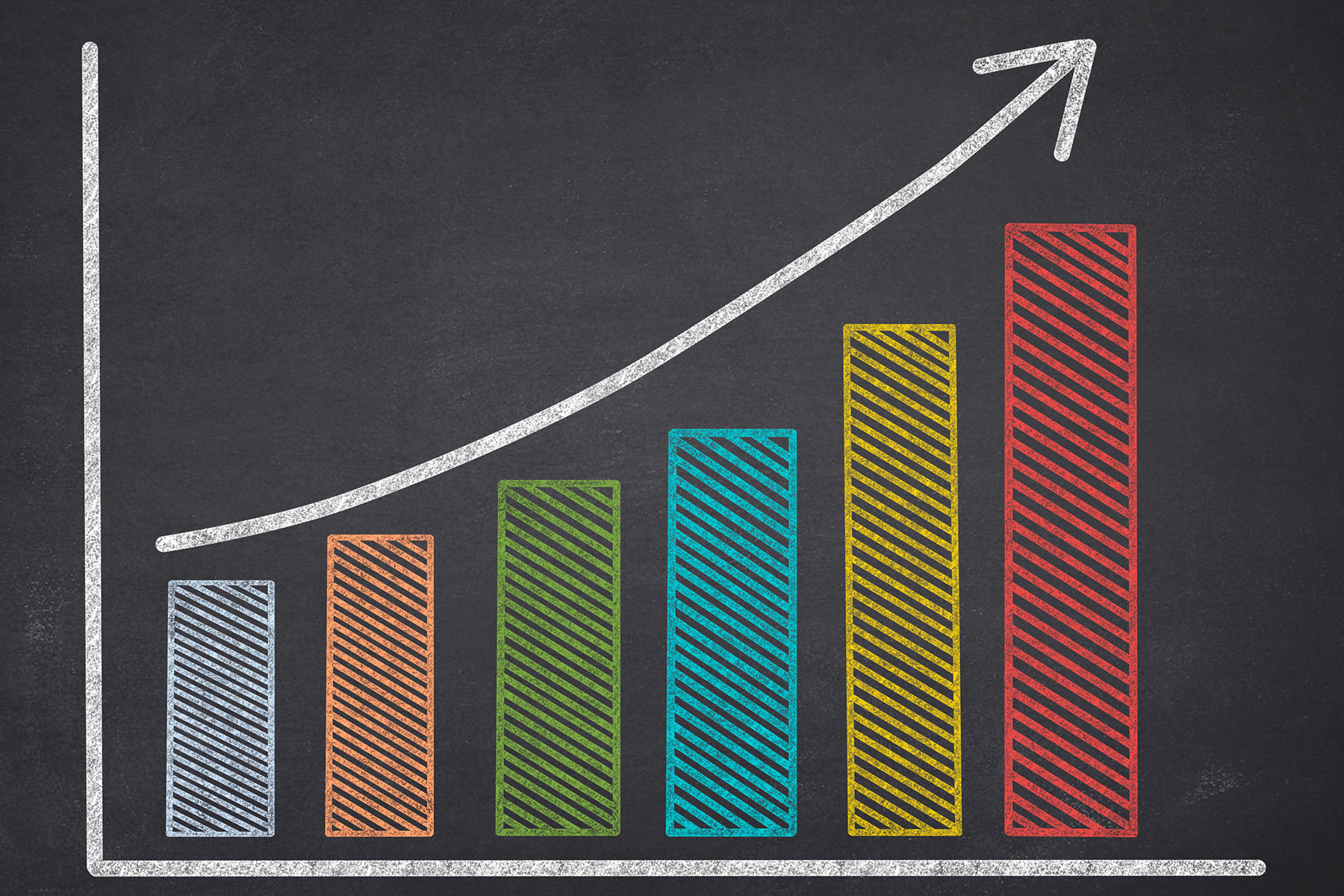The Popped Kernel: Grateful Patient Dynamic Scoring
Healthcare fundraising presents unique challenges, particularly relating to the prospect pipeline. Unlike educational institutions with naturally engaged alumni populations, most healthcare organizations and foundations have only a kernel of highly engaged and well-known prospects, donors, volunteers, and patrons.






